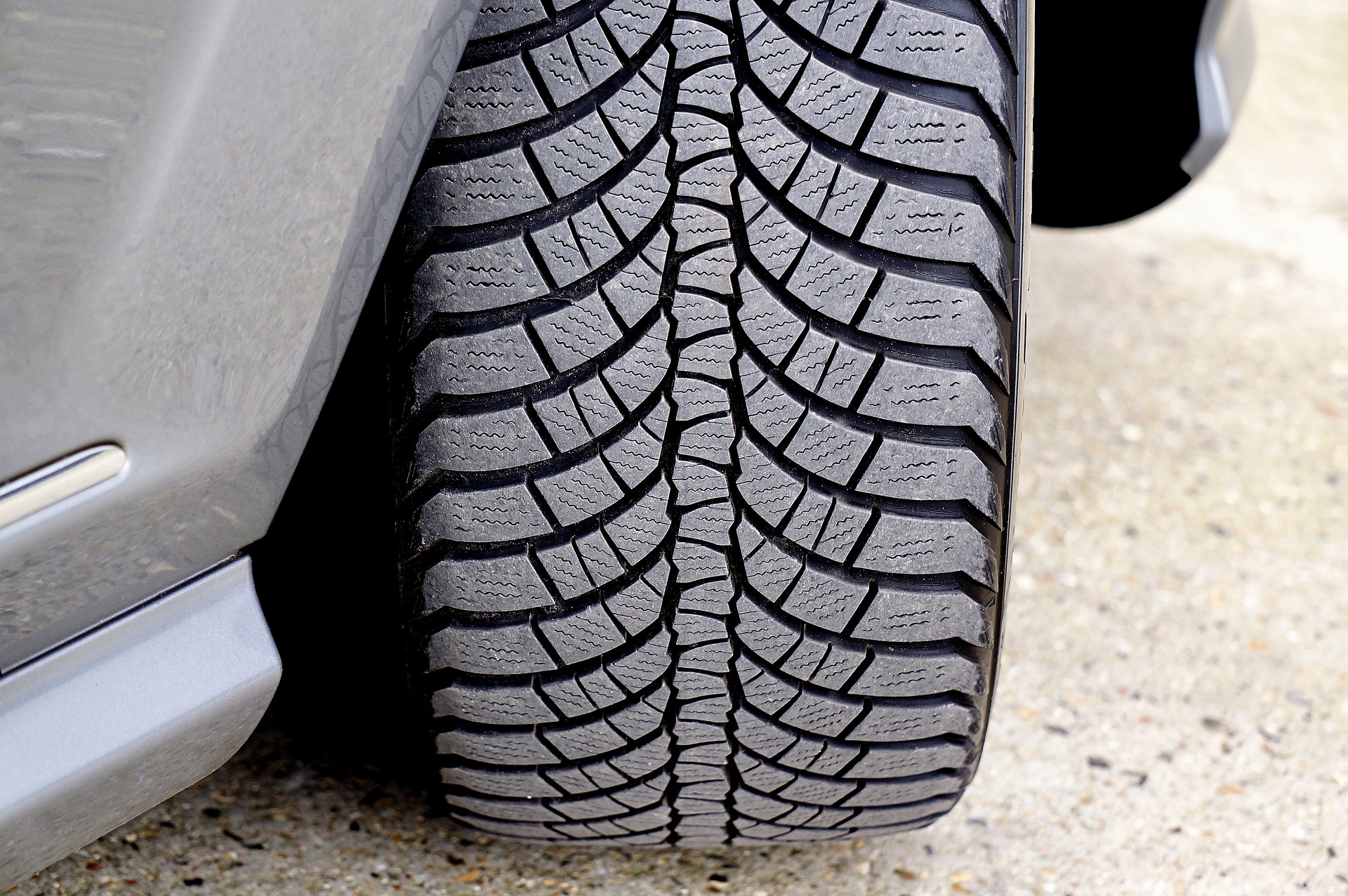Reinventing the Wheel: The Rise of Airless Tire Technology
Picture a world where flat tires are a thing of the past, where punctures no longer leave motorists stranded on roadsides. This isn't a distant dream, but a rapidly approaching reality thanks to the advent of airless tire technology. As the automotive industry races towards innovation, this groundbreaking development promises to revolutionize how we think about one of the most fundamental components of our vehicles.
The Evolution of Tire Technology
The journey of tire technology is a fascinating tale of human ingenuity. From the early days of wooden wheels to the introduction of rubber tires in the 19th century, each advancement has brought significant improvements in vehicle performance and safety. The pneumatic tire, invented by John Boyd Dunlop in 1887, marked a major leap forward, offering a smoother ride and better traction. However, despite numerous improvements over the years, the basic principle remained unchanged – until now.
Airless tire technology represents the next big step in this evolution. By eliminating the need for air pressure, these tires promise to overcome many of the limitations of their pneumatic counterparts. The concept itself isn’t entirely new – early experiments with airless designs date back to the mid-20th century. However, it’s only in recent years that advances in materials science and manufacturing techniques have made viable airless tires a reality.
The Mechanics Behind Airless Tires
At the heart of airless tire technology lies a radical redesign of the tire’s internal structure. Instead of relying on air pressure to maintain shape and support the vehicle’s weight, airless tires use a network of flexible spokes or a honeycomb structure made from advanced polymers. This design allows the tire to flex and absorb impacts while maintaining its overall shape and integrity.
The outer layer of an airless tire typically consists of a tread band similar to that of a conventional tire, providing the necessary grip and traction. However, the similarities end there. The internal structure is where the magic happens. The spokes or cells are designed to deform under load, mimicking the cushioning effect of air in a traditional tire. This deformation also helps to distribute the vehicle’s weight evenly across the tire’s contact patch, ensuring optimal performance and longevity.
Advantages Over Traditional Tires
The benefits of airless tire technology are numerous and compelling. First and foremost is the elimination of flat tires and blowouts. Without air pressure to maintain, these tires are impervious to punctures, significantly enhancing safety and reliability. This feature alone could revolutionize everything from daily commutes to long-haul trucking.
Maintenance is another area where airless tires shine. The need for regular pressure checks and inflation becomes obsolete, saving time and resources. Moreover, the unique design of airless tires allows for easy tread replacement without changing the entire tire structure, potentially extending the lifespan of the tire significantly.
Environmental considerations also favor airless tires. Their longer lifespan and reduced material waste contribute to sustainability efforts. Additionally, the consistent shape and performance of airless tires, regardless of temperature or load, can lead to improved fuel efficiency and reduced emissions.
Challenges and Ongoing Development
Despite their promise, airless tires face several challenges on the road to widespread adoption. One of the primary concerns is the ride quality. While modern designs have made significant strides, achieving the same level of comfort and noise reduction as pneumatic tires remains a challenge. Engineers are continually refining the spoke designs and materials to address these issues.
Heat dissipation is another crucial factor. Traditional tires use air to help dissipate heat generated during operation. Airless tires must rely on their structure and materials to manage heat effectively, a critical consideration for high-speed and high-load applications.
Weight is also a consideration. Current airless tire designs tend to be heavier than their pneumatic counterparts, which can impact vehicle performance and efficiency. Ongoing research into lightweight, high-strength materials aims to bridge this gap.
The Future of Airless Tires
As development continues, the future of airless tire technology looks promising. Major tire manufacturers and automotive companies are investing heavily in research and development, with some already showcasing prototype vehicles equipped with airless tires. While initial applications are likely to focus on specific sectors such as military vehicles, construction equipment, and low-speed urban vehicles, the technology is expected to expand to passenger cars and high-performance vehicles in the coming years.
The potential impact of airless tires extends beyond just eliminating flats. As the technology matures, we may see new vehicle designs that take advantage of the unique properties of airless tires. For instance, the consistent performance and reduced maintenance needs could enable new approaches to suspension design and vehicle dynamics.
Moreover, the data-gathering potential of airless tires is immense. By incorporating sensors into the tire structure, manufacturers could provide real-time information on road conditions, tire wear, and vehicle performance, further enhancing safety and efficiency.
As we stand on the brink of this tire revolution, it’s clear that airless technology has the potential to reshape our relationship with one of the most fundamental components of our vehicles. While challenges remain, the promise of safer, more reliable, and more sustainable transportation is driving rapid progress in this field. The day when flat tires become a distant memory may be closer than we think, marking a new chapter in the long and storied history of automotive innovation.






